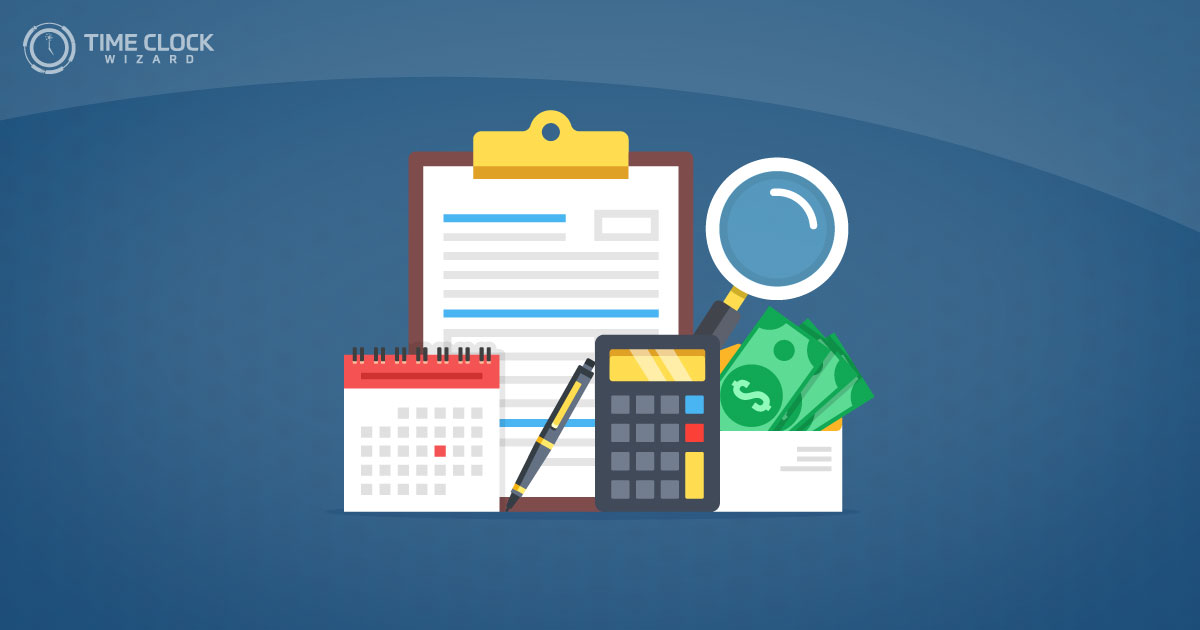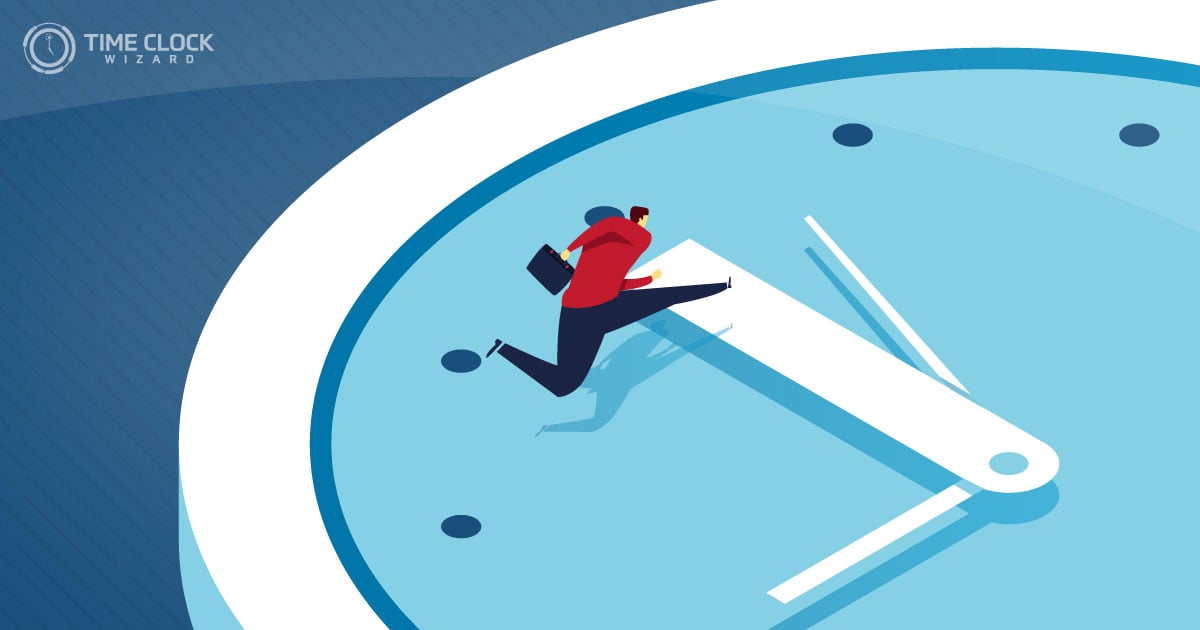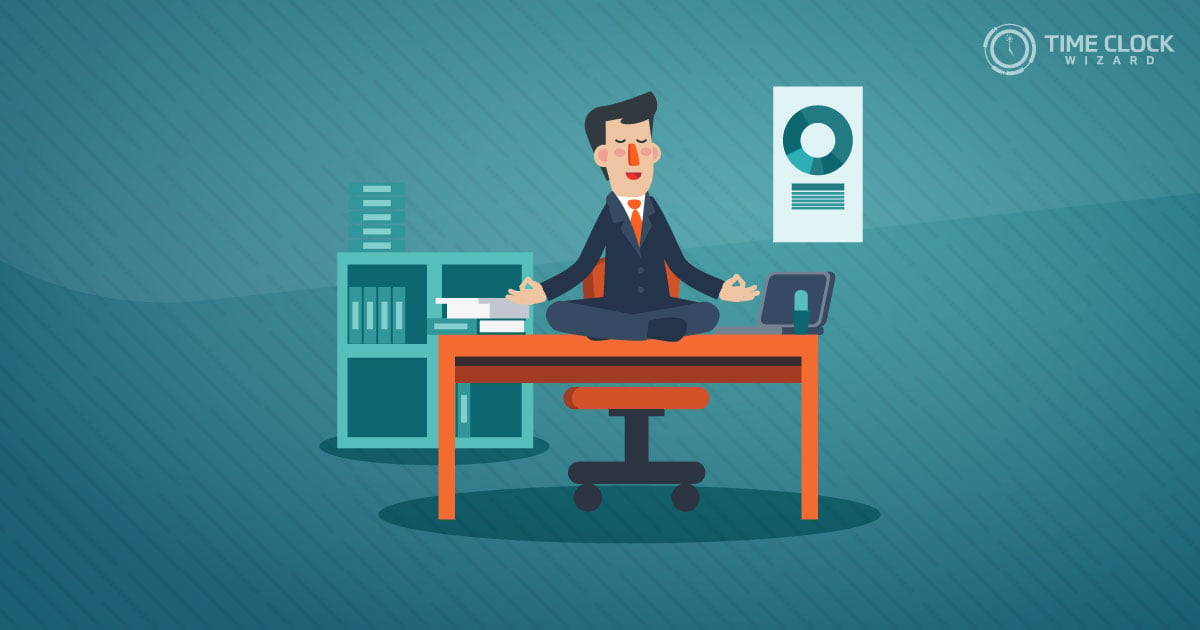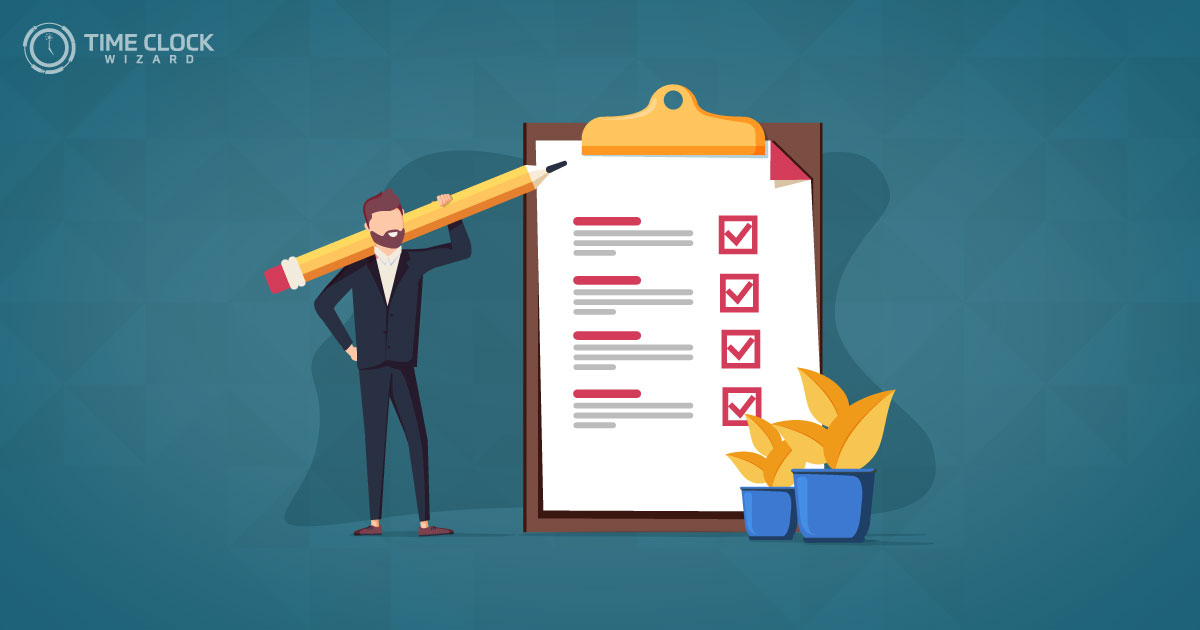
Navigating the world of employee benefits can often feel like a maze. Are you ever stuck wondering about the differences between Sick Pay vs Vacation Time? These two types of leave are crucial for maintaining a healthy work-life balance, but they serve very different purposes. Understanding these distinctions is not just about planning your next holiday or what to do during a flu season; it’s about making empowered decisions regarding your career and well-being.
First up, let’s break down what each term really means and why they’re important. Sick pay is designed to cover your income when you’re unwell and cannot perform your job duties. On the other hand, vacation time is that much-needed breather used for rest, relaxation, and personal pursuits. Why should you keep these straight? Know these perks and how to use them 🌟, and you’re not only safeguarding your health but also optimizing your happiness and productivity at work!
Understanding the Basics of Sick Pay vs Vacation Time
Getting to grips with the essentials of Sick Pay vs Vacation Time is a crucial aspect for anyone entering the workforce. But what are the fundamental differences between these two types of leave? Why should you care about them?
Firstly, sick pay is designed to provide financial support when you’re unable to work due to illness. It ensures that a bad flu or a more serious health issue doesn’t hurt your wallet. Vacation time, on the other hand, is all about taking a break from work. It’s your personal time to relax, travel, or spend time with family and friends. 💼🌴
The main thing to remember is that while sick pay is generally considered a right, vacation time could sometimes be seen as a privilege, depending on your workplace policies. Do you know if your company offers both equally? And how do they manage each?
- Sick Pay is often mandated by law, varying by country and sometimes even by state or province.
- Vacation Time policies can differ greatly from one organization to another, often influenced by company size, location, and industry.
- Understanding your rights and benefits regarding these leaves can significantly affect your overall job satisfaction and work-life balance.
Always remember to review your employment contract to grasp the specifics of the Sick Pay and Vacation Time policies at your job. This knowledge not only empowers you but also helps you plan your year better, balancing work, health, and leisure activities effectively. Have you checked how your benefits compare to standard practices in your industry yet?

Key Differences Between Sick Pay and Vacation Benefits
Trying to figure out the main contrasts between sick pay and vacation benefits? It’s crucial to understand each to better manage your time off from work. Sick pay is designed specifically for those days when you’re under the weather and unable to perform your job duties. Whereas, vacation benefits offer you a break for rest and recreation – no doctor’s note required!
The eligibility criteria for these benefits can vary greatly depending on your employer and even the state you live in. Did you know that many companies have distinct policies regarding the accumulation and use of sick pay compared to vacation time? This is an important factor to consider when planning your time off or discussing benefits with your employer.
- Sick pay is generally allotted for medical reasons only – ensuring employees are financially supported during health-related absences.
- Vacation benefits are allocated for personal time away from work, providing a necessary break for personal activities or travel.
- Accrual rates for sick pay and vacation time may differ, with sick pay often accruing at a different rate than vacation time.
Are you maximizing your benefits at work? It’s imperative to understand the nuances between sick pay and vacation time to effectively plan your leaves and maintain a healthy work-life balance. Keep these differences in mind as you assess your current job benefits or consider future employment opportunities. 🌟
How Companies Calculate Sick Pay and Vacation Time
When it comes to understanding Sick Pay vs Vacation Time, one of the key aspects is how companies calculate these benefits. Each company may have its own specific policies, but generally, there are common methods and factors considered to determine the allocation of sick pay and vacation time. But how exactly do they crunch the numbers?
Typically, sick pay is calculated based on the number of hours an employee works, and it accumulates over time. For instance, a company might offer one hour of sick pay for every 30 hours worked. This means the more you work, the more sick pay you accruff! 😊 Vacation time, on the other hand, is often granted on an annual basis and might be based on the length of service with the company, among other factors.
Did you know that many companies also consider the type of employment? Full-time employees usually receive more generous vacation benefits compared to part-time employees. Moreover, seniority can play a big role—longer tenure might translate into more vacation days.
- Hourly accumulation (common for sick pay)
- Annual allocation (typical for vacation time)
- Employment type (full-time vs. part-time)
- Length of service (seniority benefits)
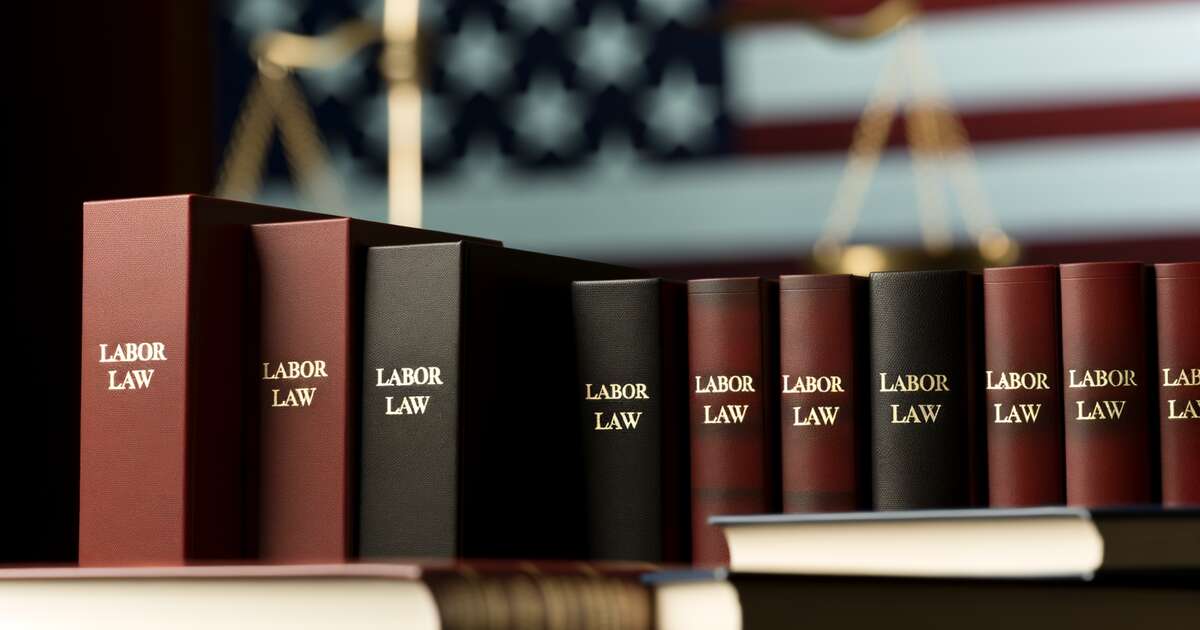
Legal Requirements for Sick Pay and Vacation Time in the US
Navigating the legal landscape of sick pay and vacation time in the US can be quite the challenge. Are you aware of the different laws governing these benefits in your state? Every state implements its own rules, making it essential for both employers and employees to stay informed. Understanding these requirements is a must to ensure compliance and avoid any legal pitfalls.
Under the Fair Labor Standards Act (FLSA), there’s no federal mandate requiring sick pay or vacation time; however, many states have their own laws that require employers to provide these benefits. For example, California and New York have strict regulations around paid sick leave, offering protections that many other states do not. Did you know these differences could affect your employment experience significantly?
Key Legal Concepts to Understand
- Accrual System vs. PTO: Some states require accruing sick days over time, while others may use a lump-sum method.
- Carry Over Provisions: These determine if and how employees can carry over unused time to the next year.
- Usage Limits: Laws may specify minimum usage units, such as being able to use sick leave in hourly increments.
Employers must be meticulous in documenting policies and their adherence to state laws. Non-compliance can lead to hefty fines and damage to company reputation. Are your current sick pay and vacation policies up to scratch with legal standards? Regular reviews and updates to employment policies are vital to keep up with ever-changing state laws.
Comparing Sick Pay and Vacation Time Across Different Industries
When looking at Sick Pay vs Vacation Time, the variances across different industries can be quite enlightening. Have you ever considered how your industry stacks up against others in terms of these benefits? Whether you’re in healthcare, tech, or retail, the disparities might surprise you.
Industries like technology and finance often offer more generous vacation time compared to sectors like hospitality or retail. This is partly due to the high demand for skilled workers in these fields, which pushes companies to provide more attractive benefits packages. Moreover, these sectors typically have a higher rate of salaried positions, which are often associated with better benefits. What about sick pay, though?
In contrast, industries with a predominantly hourly workforce—think retail and food service—often have less flexible sick pay policies. This disparity not only affects workers’ health and wellbeing but also poses challenges in managing work-life balance. It’s crucial for employees and job seekers to understand how these benefits vary and to consider them when choosing an employer.
- Technology sector: Generous vacation time, often with flexible sick pay policies
- Healthcare: Variable vacation policies but generally substantial sick pay due to the nature of the work
- Retail: More restrictive in both vacation and sick pay, often minimal
- Construction: Sick pay and vacation benefits vary greatly depending on the employer and specific contracts
Exploring these differences not only helps in making informed career decisions but also sheds light on the broader social and economic factors that influence employee benefits. By comparing Sick Pay vs Vacation Time across various industries, we gain a clearer picture of the labor market and what we might expect as part of our employment terms. Isn’t it fascinating how much your job benefits can vary purely based on your industry?
Common Questions
What is the difference between sick leave and vacation time?
Sick leave and vacation time are both types of leave generally provided by employers but serve different purposes. Sick leave is specifically intended to provide employees with paid time off to recover from illness, attend medical appointments, or care for ill family members. It focuses on health-related absences. On the other hand, vacation time is allocated for personal rest, relaxation, and leisure activities. Vacation leave is used at the discretion of the employee for any reason not necessarily related to health.
Is there a difference between vacation time and PTO?
Yes, there is a difference between vacation time and Paid Time Off (PTO). Vacation time is traditionally used specifically for planned absences such as holidays or extended time away from work for rest. In contrast, PTO is a more flexible accumulated time off policy that employees can use for any reason, including vacation, personal days, or even sick leave. PTO combines vacation, sick, and personal time into a single bank of days that employees can use at their discretion, providing greater flexibility in managing their time off.
What is the difference between sick day and personal day?
Sick days and personal days address different types of absences. A sick day is intended for when an employee is ill and unable to perform their work duties, or when they need to care for a sick family member or attend a medical appointment. Essentially, it’s used for health-related reasons. Conversely, personal days are granted to employees to attend to personal matters that are not necessarily health-related, such as handling legal issues, attending a child’s school event, or any other non-work-related appointments that cannot be scheduled outside work hours.
How many sick days per year?
The number of sick days an employee is entitled to per year can vary widely depending on the country, the specific state or region’s labor laws, and the employer’s policies. In many places, employment laws dictate a minimum number of paid sick days. For example, in the U.S., the amount of sick days can range from 5 to 10 days annually, depending on company policy and local regulations. In some cases, these days may accrue over time based on the length of employment or hours worked.
Best Practices for Managing Sick Pay and Vacation Time
Navigating the landscape of employee benefits, particularly sick pay vs vacation time, can be a complex task for both employers and employees. So, what are some of the best practices to manage these vital aspects of work-life balance effectively?
Firstly, clear communication is key. Employees should have easy access to their accrued sick pay and vacation balances, ideally through an automated system. Have you ever wondered how transparency can impact employee satisfaction? Well, it’s huge! By keeping everyone in the loop, disputes are minimized and planning becomes easier for both parties.
Establish a Robust Policy
Ensuring that your organization has a well-documented policy that outlines how sick pay and vacation time are earned, accrued, and used is crucial. This policy should comply with local laws (which can vary significantly from one place to another) and be aligned with industry standards. Does your policy cover what happens to unused time at the end of the year? It’s an important aspect to clarify!
Encourage Use for Better Balance
A common challenge is that employees hoard their vacation time, leading to burnout. Encourage employees to take their well-deserved breaks by perhaps implementing a “use it or lose it” policy, which can motivate them to schedule time off. How does your organization handle unused vacation time? Promoting a healthy work-life balance not only enhances productivity but also fosters a happier, more engaged workforce.
Final Thoughts: Comparing Sick Pay and Vacation Time
We’ve covered a lot about Sick Pay vs Vacation Time, haven’t we? Understanding these benefits is crucial for both employees and employers to ensure a harmonious work environment and a well-balanced personal life. Remember, knowing your rights and the benefits available to you can profoundly impact your job satisfaction and overall well-being. Are you ready to look at your benefits package with fresh eyes?
Keep these insights in mind next time you’re evaluating a job offer or preparing for a discussion with HR about your benefits. Every piece of knowledge empowers you to make better decisions for your career and personal life. Cheers to achieving that perfect balance! 🎉

